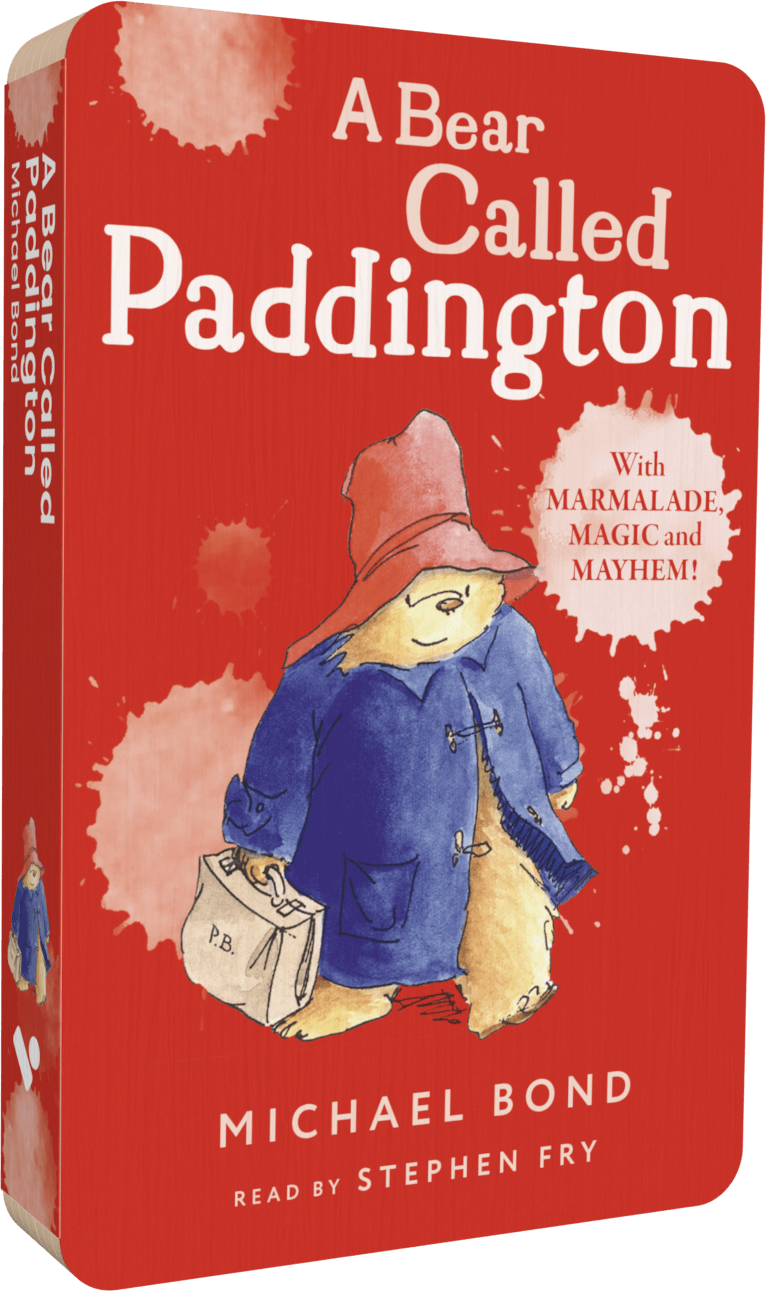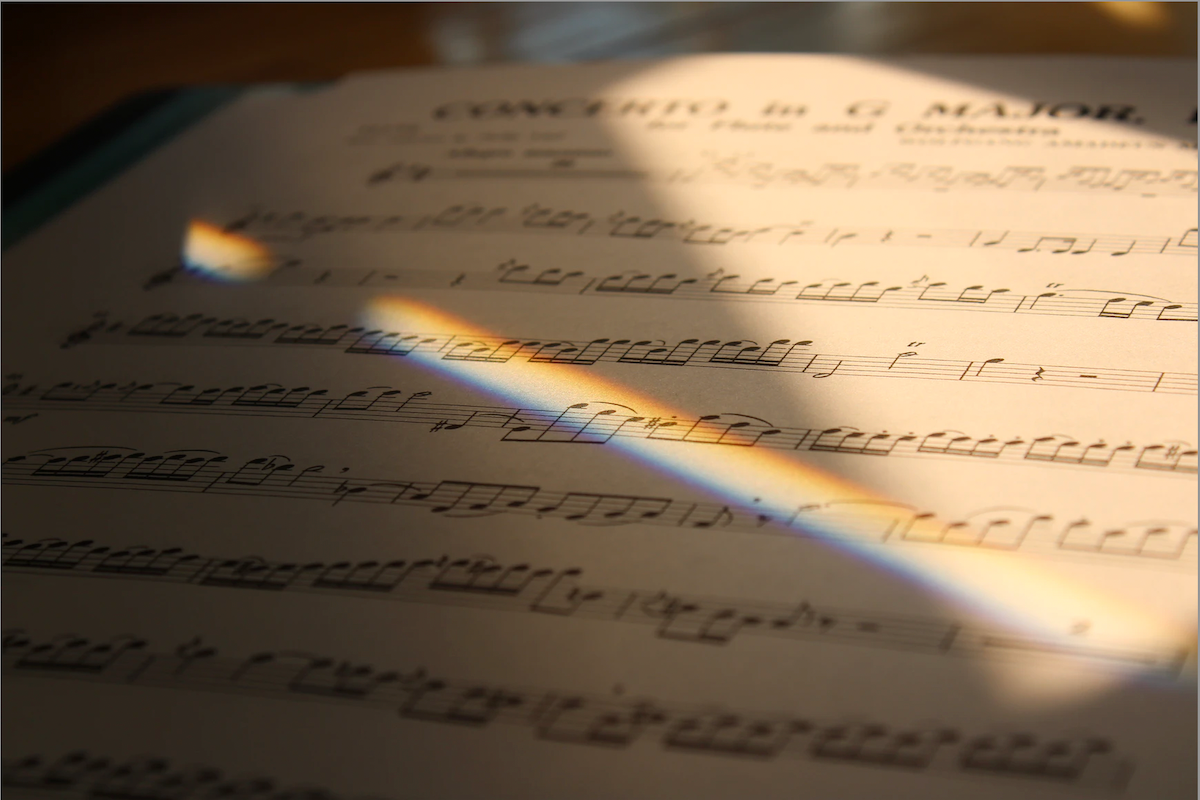Abridged Audiobooks
If you’ve ever picked a cassette tape, or downloaded a story from Audible, then you might have noticed the terms “abridged” or “unabridged.” But what do these terms mean? Do abridged audiobooks miss out key plot points? Are they just a poor alternative to their lengthier counterparts?
Unabridged audiobook meaning
Essentially, an abridged audiobook means that the text has not been reproduced in full. If you were to listen to the audiobook, and read the print edition alongside, you would notice differences between the two. But that doesn’t mean that an abridged audiobook is a lesser substitute. There are many reasons why an adeptly abridged edition can be as valuable, or even preferable, to a full length audiobook.
Abridged audiobooks are most commonly associated with young listeners. Although a child’s listening age is several years ahead of their reading age, lengthy texts can still pose a problem to young attention spans. Abridging texts and cutting out extraneous material can make trickier titles easier for children to digest, and act as a stepping stone to longer and more challenging material. They’re not a shortcut, and it’s not “cheating”, but a way to ensure that demanding titles - often those that we consider “classics” - are accessible to every child.
Unabridged Audiobooks
The process of abridging is a skilled one - it’s not just a case of cutting a boring paragraph here and there. In fact, abridging can often extend into an editorial role. It’s not uncommon for classic titles to be “abridged and retold for younger listeners,” meaning that not only has the text been condensed, but also simplified, or augmented with helpful explanations.
However, despite their many benefits, abridged editions fell out of fashion somewhat in recent decades. When CDs and cassettes were still the primary means of listening to audiobooks, abridged editions were often essential due to the space constraints imposed by these physical formats. But with the transition to digital, suddenly space is no object. Listeners can enjoy an audiobook of any length, all from a single device in their pocket.
But even prior to the digital transition, abridged audiobooks were starting to fall out of favour. Harry Potter disproved the long held opinion that children didn’t want to listen to lengthy stories - the seventh book in the series numbered a whopping twenty-four hours of content, and sold well even in bulky physical formats that required many cassettes. This brought the purpose of abridged audiobooks into question, and slowly they became less and less common.
Abridged Audiobooks Bring Convenience
However, as the audience for audiobooks generally continues to grow, so too does a new appetite for abridged versions. Audible now have a range of children’s classics, all abridged to around one hour, bringing the traditional use of abridgement to a digital audience. But abridged audio is also becoming increasingly popular in different genres, and for new audiences. BBC Sounds have a range of contemporary - often bestselling - novels that have been tightly abridged, aimed at adults. With each chapter coming in at around 15 minutes, they are the perfect length for commuters, and so prove that abridged audio retains both purpose and benefit in the modern age.
It’s natural that trends fluctuate, however increasing interest in abridged audio is gratifying to see. It’s an effective way of sharing audio content with audiences who might not have access, whether due to lack of time, or the difficulty level of the text. Both abridged and unabridged audiobooks have value, bringing audio content to a diverse range of audiences and settings.





